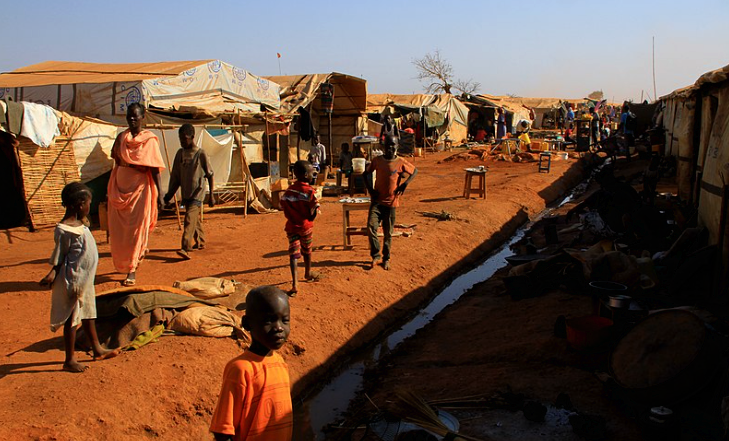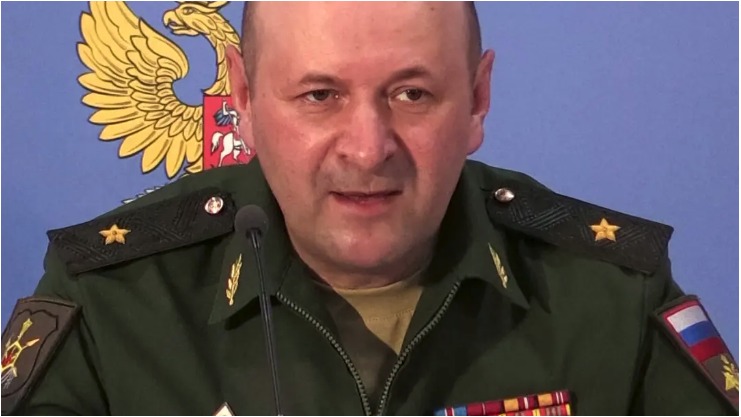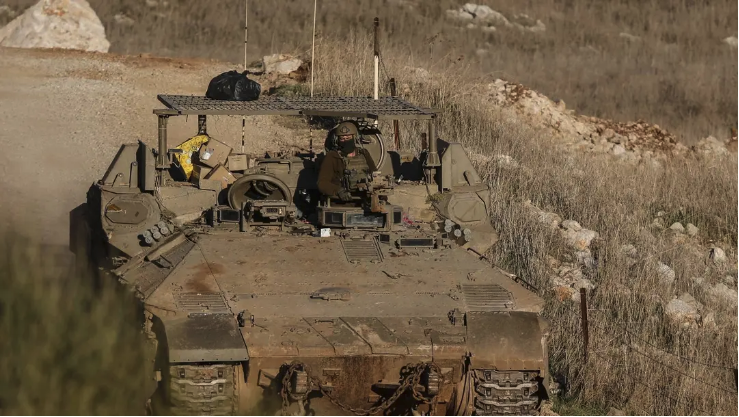Fighting Surges in Sudan's Capital After 3-Day Ceasefire Expires
Heavy fighting broke out between Sudan's warring factions across the Sudanese capital of Khartoum on Wednesday following the expiration of a 72-hour US and Saudi-brokered ceasefire, which had been violated multiple times by both sides.

Facts
- Heavy fighting broke out between Sudan's warring factions across the Sudanese capital of Khartoum on Wednesday following the expiration of a 72-hour US and Saudi-brokered ceasefire, which had been violated multiple times by both sides.1
- Heavy gunfire, shelling, and airstrikes were heard in Khartoum and the neighboring regions of Omdurman and Bahri. Fighting was also reported in southern Khartoum. One Khartoum resident said that fighting erupted within 90 minutes of the ceasefire's expiration.2
- On Tuesday evening, before the ceasefire expired, an immense fire engulfed the intelligence service's headquarters in central Khartoum, which is held by the Sudanese Armed Forces (SAF), with each side accusing the other of attacking it.3
- Abdel Fattah al-Burhan, the leader of the SAF, said that the Rapid Support Forces (RSF) shelled the building, while the RSF claimed that a SAF drone bombed a nearby RSF position, sparking a fire that partially destroyed the intelligence headquarters.4
- The current conflict in Sudan started in mid-April between Abdel Fattah al-Burhan's SAF and the RSF, commanded by Mohamed Hamdan Dagalo. Heavy fighting erupted in Khartoum, killing hundreds of civilians. As neither side has gained the upper hand to date, fighting has spread to other regions, such as Darfur.2
- According to the Armed Conflict Location and Event Data Project, more than 2K people have been killed since the start of the fighting, with the US State Dept. saying that up to 1.1K people have been killed in the West Darfur state capital alone. More than 2.5M have been displaced, of which around 600K have sought refuge in neighboring countries.3
Sources: 1Reuters, 2The National, 3AL, and 4LBCIV7.
Narratives
- Pro-establishment narrative, as provided by New York Times. Since the eruption of violence in Sudan, US Sec. of State Antony Blinken has worked hard to stamp out violence, bring about a peaceful solution, and provide safe passage for humanitarian aid. The US is doing its part in enabling diplomatic resolution and committing itself to supporting refugees until a ceasefire or permanent agreement is reached.
- Establishment-critical narrative, as provided by AL. Though the US and Saudi Arabia brokered a ceasefire, it's undeniable that Washington is significantly responsible for the fighting in Sudan. The US failed to rein in the country's top generals when mounting tensions between forces led by Burhan and Dagalo indicated that a prolonged conflict was likely to erupt. Facilitating a truce is the least US leaders can do for the region, given this negligence.
- Cynical narrative, as provided by NPR Online News. Each warring side in Sudan is still battling for supremacy over the country, which indicates they're in no way serious about these ceasefires or peace talks. If the two continue to see each other as an existential threat, it will be impossible to find the middle ground necessary to stop the fighting and prevent the nation from being destroyed.






